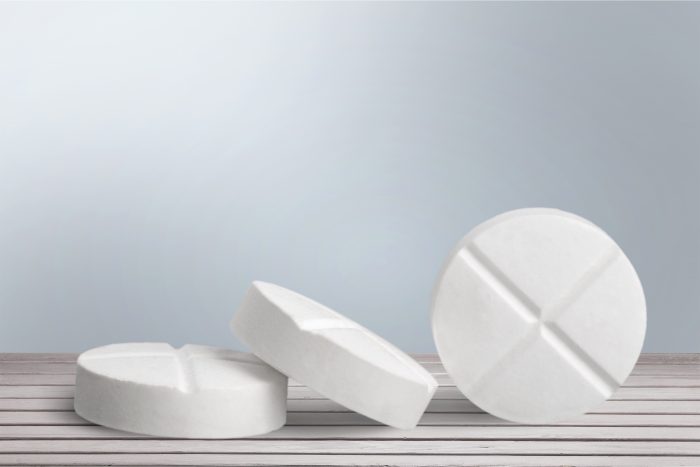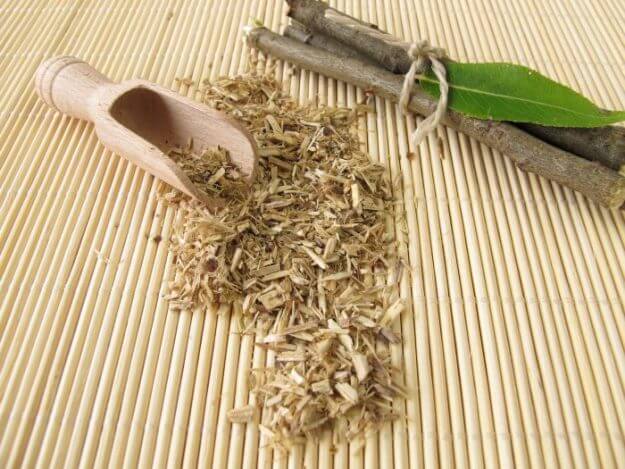The Science of Salicylic Acid
When it comes to skincare, acne is always a top concern for most. Regardless of age or gender, we all experience bouts of breakouts due to stress, hormones or diet. However for some, acne is a chronic condition that needs a regular regime to help keep it under control. When searching for an acne fighting product, you more than likely have come across salicylic acid more than once. It is found in cleansers, moisturizers and cleansing pads. You can find it over the counter (OTC) or through a prescription. It is touted as the go to acne remedy, along with benzoyl peroxide.
For as common as it is, many do not understand what it is, why it is effective or how to use it properly. If you want a leg up on how to deal with your acne, this powerful ingredient could be the answer.
What Is Salicylic Acid?
This primary ingredient derives its name from the Latin name for willow tree, salix. In case you were not aware, willow tree is a common ingredient in many anti-inflammatory medications such as aspirin and ibuprofen. It is categorized as a beta hydroxy acid and is liophillic. Now if that sounds familiar its because hydroxy acids are also used in many anti-aging products like, alpha hydroxy acid and glycolic acid. Lipophillic simply means that it does not bind with water and is attracted to oil.
These acids are known for increasing cell production; the difference with this group acids is that other two increases collagen production while the other is milder and exfoliates and unclogs pores.
Salicylic is derived from the bark of willow trees as a white solid then isolated and treated with a synthetic process that filters the acid into a liquid form for cosmetic and skincare use.
How Does It Work for Acne?
As most know, acne is caused by plugged hair follicles that have been trapped by excess oil production. There are variations of acne; but, for the most part they cause inflammation and tenderness. Salicylic acid works best for whiteheads due to the nature this particular type of acne

Take a closer look on combating whiteheads
Exfoliating Power
The key to fighting whiteheads, is to exfoliate the surface of skin to unclog pores to release the excess dirt and oils. This ingredient works by not “scrubbing” away whiteheads because popping pimples is never recommend. Instead it works by dissolving and softening the keratin cells (protein used to produce skin and hair) surrounding a whitehead. Through loosening and breaking apart this excess oil, pores are given the opportunity for rapid cell turnover. The logic behind this, you shed skin cells more quickly, they are not given the opportunity to build with comedones. (sebum). This rapid cell turnover keeps skin fresh and sloshes away excess dead cell skins.
Oil Patrol
Think of this product as a type of power wash that It reduces sebum production. As a Lipophillic (literally translate to afraid of water) salicylic acid is attracted to oil. This logic is also the thing that jump started the double cleansing trend. As a magnet for oil, this ingredient will pull out the oil in your pores and over time will keep them clear, leading to less ingrown hair and whiteheads.
Inflammatory
As many have experienced, acne can cause extreme tenderness due to the combination of trapped oil and bacteria . As your body works to remove the bacteria, the side effect results in painful redness. Willow bark is a mild naturally soothing agent that reduces inflammation and gently moisturizes without adding oil to complexion.

The Anti-Inflammatory benefits seen in Aspirin, also helps acne
How Should It Be Used?
Depending on how often you get whiteheads will determine whether an OTC or prescription option is best for you. There are other factors to consider that determine how often and where you should be using this product as well.
Stength
For starters, if you choose to go the OTC route, you will find that most products contain 0.5%-2% salicylic acid. Now if you have cystic acne, this amount will not be sufficient to effectively treat, so it would be recommended to visit a dermatologist to get a prescription that has somewhere between 10%-25%. For those that have a couple of whiteheads or in need of a spot treatment, 2% is more than enough to effectively reduce the number of whiteheads on your face.

Exfoliation is key to eliminating whiteheads
Frequency
Now this is where it can get tricky, although cleansing twice a day is recommended (especially for those with oily/acne prone skin). Over washing can be counterproductive and cause peeling and dryness. It is best to use to reduce use to once a day (preferably at night) or 3 times per week. For spot treatments, anywhere between 1 to 3 times per day gets the job done. If you find your skin becoming excessively dry, be sure to follow with an oil free moisturizer
Before starting any type of regime or rotating a product into it, keep in mind your skin takes time to adjust to it. The time frame for your skin to adjust to a new products is about 2 weeks. During this time period, your skin may react with a breakout due to the change. If you are still experiencing breakouts after this window, it is best to discontinue use.
Placement and Duration
Typically a cleanser is designed to be used all over for face, which is more than fine; however spot treatments should never be used as full coverage. This is due to the fact that spot treatments carry a higher percentage of medication and can cause extreme peeling. Duration varies; however, it is not recommended that products should be left overnight. They should always be washed off with water (wipes won't cut it) after the directed time frame found on label.

